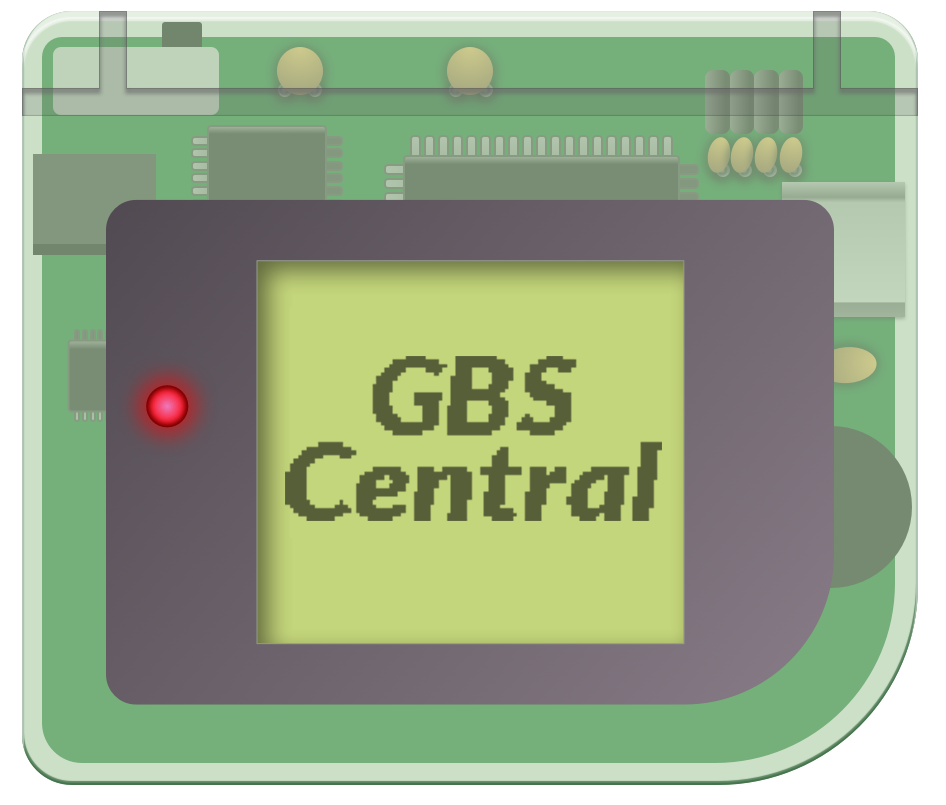Castpixel is an artist who specializes in low-res and low-bit art styles. She has many years of working as both an artist and game developer and has evangelized how pixel art isn’t a “style” itself, but rather a medium. She took some time to answer some questions about her process in depth and her art philosophy.
Can you tell us a bit about yourself? How did you get into pixel art?
I was born in 1980, had very little social life during my school years, and went on to study Medicine. When I started doing pixel art, it wasn’t called that. Pixel art was just what you got when you made pictures on a computer those days. For me, that was a Commodore 128, using the PETSCII character set.

Later, DeluxePaint allowed larger resolutions with smaller pixel sizes, the smear tool, etc. I kept making digital art, but wasn’t aspiring to make it look pixelated. I got back into deliberate pixel art around 2004.
Can you describe your process for making art?
When doing pixel art, I want the pixels to be visible and each and every pixel to be important. I therefore start with very small resolutions. I usually start painting shape blobs or do a line sketch until I establish a composition. Sometimes, it makes sense to sketch in pixel resolution. Other times I use paper and pen.
The composition will usually undergo a few changes during the pixeling stage. My main goal when rendering a pixel art illustration is to have well-defined clusters, i.e. shapes of the same color. Since I alternate between mouse (for precise pixel placement) and my stylus (for freeform lines), I sometimes need to clean up stray pixels that don’t belong to clusters. I try to clean up as I go, instead of leaving a mess of stray pixels behind.
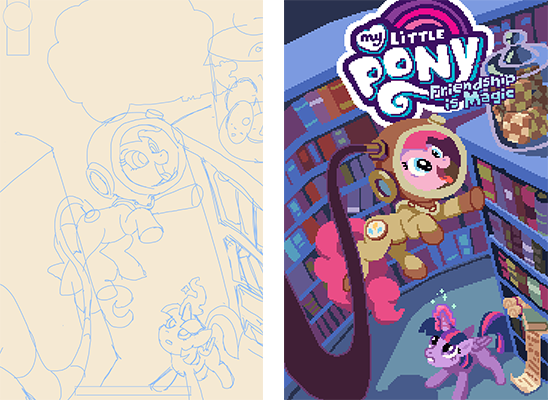
When I say small resolutions, I like to take it to extremes. These are 64×64 pieces, I tried to cram as much information as possible, using only 4 greys. It’s a great exercise and I recommend it.
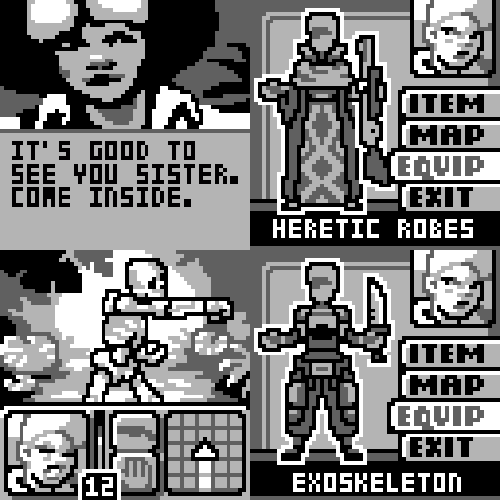
You’ve been very vocal about pixel art being a medium, and not a style. Can you elaborate?
Oil paints are a medium, mosaic is a medium, cinema is a medium. A medium isn’t necessarily physical, it doesn’t refer to the material. Pixel art isn’t usually physical, although of course it can be turned into a tiled floor or perler beads for example. Pixel art isn’t a style or a technique, because like with oil paintings, mosaic or cinema, one can do a bunch of styles using a variety of techniques: pop art, western comic book, manga, photorealism, impressionism, chiaroscuro, pointillism, perspective, flat, etc. Pixel art can also, uniquely, pull from a pool of game art like Game Boy and SNES sprites.

A lot of people think of pixel art as a style, obscuring the gamut of different things that can be done using pixels. The straight up shonen manga pixel art of the original pokemon games are vastly different to the western heroic fantasy of Eye of the Beholder or Dungeons and Dragons: Shadow over Mystara. Or the abstraction of Tetris and Pac-Man. Cutscenes in Capcom’s Alien Vs Predator are rendered realistically, cutscenes in Rodland or Twinbee are flat-shaded like an anime.

Can you share any stories from working in games? Any lessons that would be valuable to our readers?
Working in games is a ton of hard work, and it takes many months to more than a year before a project sees the light of day. In order to be sustainable, you need to be able to plan realistically and budget accordingly. This comes through practice and experience, so it’s best to start small. 3-day game jams like Ludum Dare are accelerated versions of game development and a good taste of what it’s like. I recommend them wholeheartedly, provided you don’t carry the intense 3-day crunch to your normal work schedule! I’ve participated more than 20 times and published 18 games.
What considerations should a developer have before hiring an artist? What’s the best way to approach or communicate a project?
The only requirement is to like the artist’s output and agree to the artist’s rates. In indie projects, the lead artist is sometimes an art director too, tasked with establishing the look and feel of the game. That’s also a job, and time and budget should be allocated for it. I usually start projects by making full-screen mockups. It doesn’t hurt to have a solid demo of the game already coded. I tend to avoid projects that sound too vague or too ambitious with no demo to back them up.
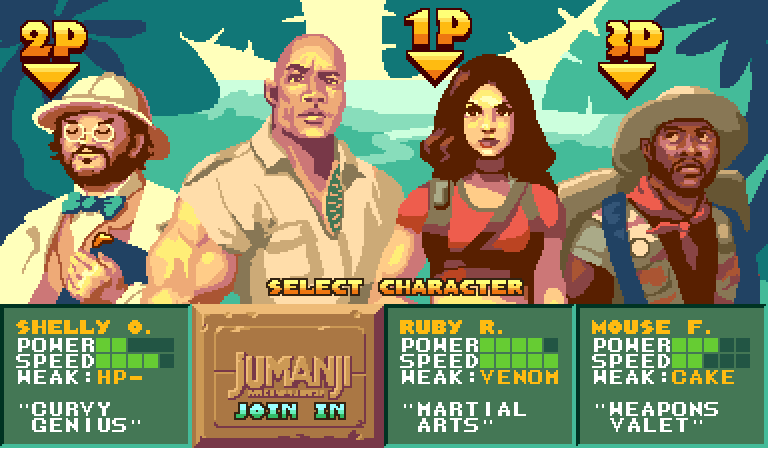
Do you have any advice for our readers in general wanting to work as artists or game developers?
What worked for me was to make it a profession right away. I started illustrating professionally when I was 23, and had to get better fast because otherwise I wouldn’t be able to pay rent and eat food. ^-^
It’s not advice though, it’s just my experience.
Is there anything else you’d like to share with our readers?
Black lives matter, trans lives matter, feminism or bust.
Editor’s note: Our publication absolutely stands behind these principles.
You can check out Castpixel’s work on her Twitter account and reach out to her there.
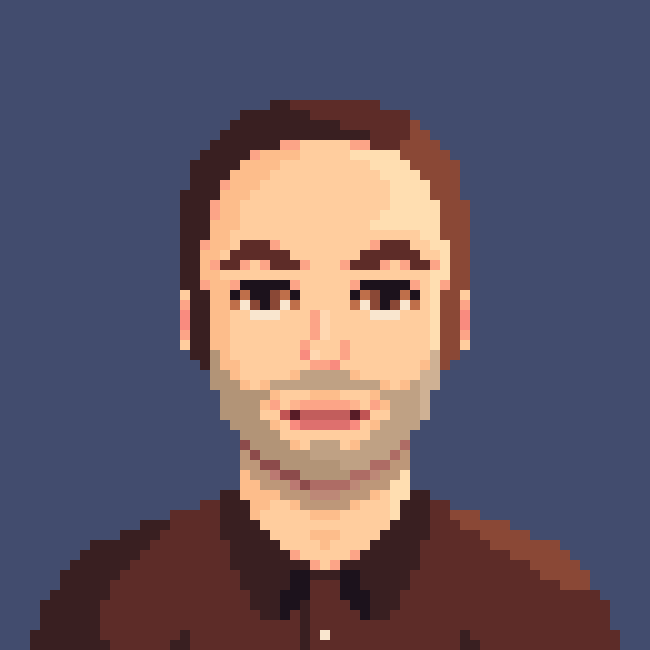
Audio Engineer, Mac Technologist and Video Game Developer. Managing Editor of GBStudio Central. (he/him)
